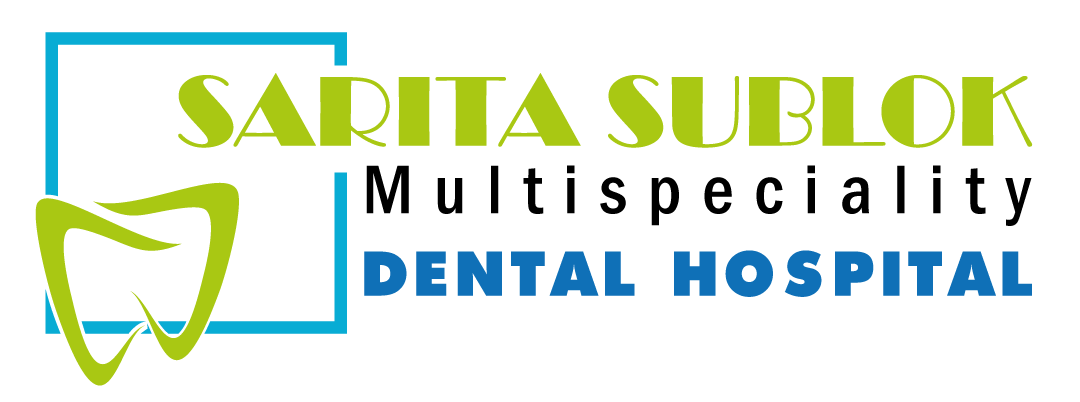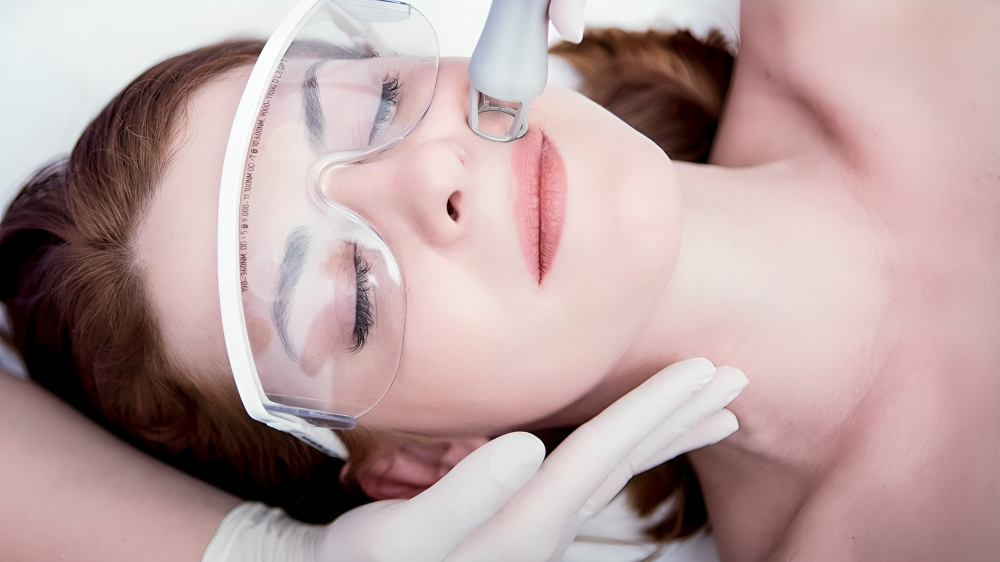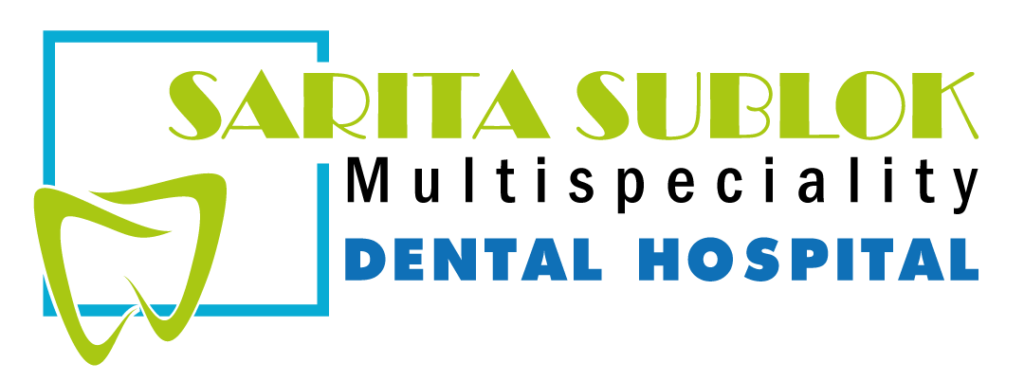In the dynamic realm of skincare and cosmetic procedures, advancements in technology have paved the way for transformative treatments. Among these, skin lasers stand out as a powerful tool capable of addressing a myriad of skin concerns. From rejuvenating aging skin to targeting specific imperfections, skin lasers have become a cornerstone in dermatology. In this article, we explore the science, versatility, and innovations surrounding skin laser treatments. To Know More About It Please Click Here Understanding the Science of Skin Lasers At the core of skin laser treatments lies the science of selection. This principle involves using specific wavelengths of light to target and absorb energy in a controlled manner. The absorbed light energy transforms into heat, precisely damaging or destroying targeted cells or tissues. The success of skin laser treatments relies on the careful calibration of parameters such as wavelength, pulse duration, and energy levels to suit individual skin types and concerns. Types of Skin Lasers Applications of Skin Lasers Safety and Considerations While skin lasers offer remarkable results, safety and careful consideration are paramount. Consulting with a qualified dermatologist is crucial to determine the most appropriate laser treatment for individual skin concerns and types. Adhering to post-treatment care instructions, including sun protection and skincare, ensures optimal and lasting results. Innovations in Skin Laser Technology Continual advancements in laser technology have led to innovations that enhance precision, effectiveness, and patient experience. From improved targeting mechanisms to reduced downtime, these innovations contribute to the ever-growing popularity of skin laser treatments. To Know More About It Please Click Here Conclusion Skin lasers represent a groundbreaking frontier in skincare, offering a versatile range of applications for enhancing skin health and aesthetics. As technology evolves, the landscape of skin laser treatments continues to expand, providing individuals with increasingly effective and personalized solutions. If you aspire to revitalize your skin and address specific concerns, exploring the possibilities of skin laser treatments under the guidance of a skilled dermatologist may be the key to achieving radiant and rejuvenated skin.
Unveiling the Importance of Tooth Cleaning: A Comprehensive Guide to Oral Health.
Oral health is a cornerstone of overall well-being, and tooth cleaning stands at the forefront of maintaining a healthy and vibrant smile. Beyond routine brushing and flossing, professional tooth cleaning plays a pivotal role in preventing dental issues, preserving the integrity of our teeth, and contributing to our overall health. In this article, we’ll delve into the significance of tooth cleaning, the professional cleaning process, and practical tips for maintaining optimal oral hygiene. To Know More About It Please Click Here The Significance of Tooth Cleaning The Professional Tooth Cleaning Process Practical Tips for Maintaining Optimal Oral Hygiene Conclusion Tooth cleaning is not merely a cosmetic procedure but a fundamental aspect of preserving oral health and overall well-being. By understanding the significance of professional cleanings, participating in routine oral care practices, and seeking regular dental check-ups, individuals can embark on a journey toward a healthy, confident, and radiant smile that lasts a lifetime.
Understanding TMJ Disorders: Causes, Symptoms, and Treatment Options.
Temporomandibular Joint (TMJ) disorders are a group of conditions that affect the jaw joint and muscles responsible for jaw movement. These disorders can lead to pain, discomfort, and difficulty in performing daily activities such as talking and eating. In this article, we will explore the causes, symptoms, and various treatment options for TMJ disorders. To Know More About It Please Click Here Causes of TMJ Disorders The exact cause of TMJ disorders is often challenging to pinpoint, as they can arise from a combination of factors. Some common contributors include: Symptoms of TMJ Disorders TMJ disorders can manifest in various symptoms, which may include: Treatment Options The management of TMJ disorders often involves a combination of conservative treatments and, in some cases, more invasive interventions. Common treatment options include: Conclusion TMJ disorders can significantly impact an individual’s quality of life, affecting their ability to eat, speak, and even sleep comfortably. Early diagnosis and appropriate management are crucial in preventing the progression of symptoms. Individuals experiencing persistent jaw pain or related symptoms should seek consultation with a healthcare professional, often a dentist or oral and maxillofacial specialist, to determine the most suitable course of treatment for their specific condition. With a combination of self-care practices, conservative treatments, and, when necessary, medical interventions, individuals can often find relief from the discomfort associated with TMJ disorders.
Pediatric Dentistry: Nurturing Healthy Smiles from the Start.
Pediatric dentistry, a specialized field within dentistry, focuses on the oral health of children from infancy through adolescence. As a crucial aspect of overall healthcare, pediatric dentistry plays a pivotal role in instilling positive oral hygiene habits, preventing dental issues, and ensuring the well-being of young smiles. This article delves into the significance of pediatric dentistry, its specialized practices, and the essential role it plays in the lifelong dental health of children. To Know More About It Please Click Here Early Dental Care Pediatric dentistry emphasizes the importance of early dental care, recognizing that good oral hygiene habits established during childhood can have a lasting impact on a person’s overall health. The first dental visit is recommended by the American Academy of Pediatric Dentistry (AAPD) to occur around the age of one, or within six months of the eruption of the first baby tooth. These initial visits serve not only to assess the child’s oral health but also to educate parents on proper oral care practices. Preventive Measures Preventive care is a cornerstone of pediatric dentistry, with a focus on avoiding dental issues before they occur. Dental professionals in this field often provide services such as dental cleanings, fluoride treatments, and dental sealants. Fluoride, a mineral that strengthens tooth enamel, is applied topically to prevent cavities, while sealants act as a protective barrier on the chewing surfaces of molars to ward off decay. Behavior Management and Education Pediatric dentists are trained not only in dental procedures but also in effective communication and behavior management techniques tailored to children. Establishing a positive and comfortable environment is crucial to building trust with young patients, ensuring they feel at ease during dental visits. Education is a key component, empowering children and parents with the knowledge to maintain proper oral hygiene at home, including the importance of a balanced diet and regular dental check-ups. Specialized Treatment Children may face unique dental challenges, such as the early loss of baby teeth, orthodontic concerns, or dental trauma. Pediatric dentists are equipped to address these issues with specialized treatments, including space maintainers, early orthodontic interventions, and dental restorations tailored to the specific needs of growing mouths. These interventions aim to preserve the natural dentition and promote optimal oral development. Interdisciplinary Collaboration Pediatric dentists often collaborate with other healthcare professionals, including pediatricians, orthodontists, and speech therapists, to address comprehensive health issues related to oral health. Recognizing the interconnectedness of various health aspects allows for a holistic approach to pediatric dental care, promoting overall well-being. Conclusion Pediatric dentistry is not merely about treating dental issues but about cultivating a foundation for a lifetime of good oral health. By emphasizing early prevention, education, and specialized care, pediatric dentists contribute significantly to the overall well-being of children. Nurturing healthy smiles from the start ensures that young individuals grow up with positive dental experiences and habits, setting the stage for a lifetime of optimal oral health. For any further queries, Plz visit https://saritasublokmultispecialitydentalhospital.com/ or you can check our social media accounts, Facebook, Instagram,
Navigating Oral Health: A Comprehensive Guide to Gum Surgeries.
Gum surgeries, also known as periodontal surgeries, play a crucial role in maintaining and restoring oral health. Often necessitated by conditions such as gum disease, these surgical interventions are designed to address issues that may compromise the health of the gums and surrounding structures. In this article, we will explore the various types of gum surgeries, their indications, procedures, and the importance of proactive oral care in preventing the need for such interventions. To Know More About It Please Click Here Understanding Gum Surgeries Gum surgeries are specialized procedures performed by periodontal specialists, aiming to treat conditions that affect the supporting structures of the teeth. These surgeries may be necessary to address issues like periodontal disease, gingivitis, gum recession, and other oral health concerns. While preventive measures, such as regular dental hygiene practices, are crucial in maintaining gum health, surgeries become essential when more intensive intervention is required. Common Types of Gum Surgeries Importance of Gum Surgeries Prevention and Maintenance While gum surgeries are effective in treating existing conditions, preventive measures are paramount in maintaining optimal oral health. Consistent oral hygiene practices, regular dental check-ups, and a balanced diet contribute significantly to preventing gum diseases and reducing the likelihood of requiring surgical interventions. To Know More About It Please Click Here Conclusion Gum surgeries serve as invaluable tools in the arsenal of periodontal care, addressing a range of conditions that may jeopardize oral health. By understanding the types of gum surgeries, their indications, and the importance of proactive oral care, individuals can take proactive steps toward preserving their gums and ensuring a healthy, functional, and aesthetically pleasing smile throughout their lives. Regular communication with dental professionals and a commitment to preventive measures form the foundation for a lifetime of optimal oral health.
Unveiling the Future of Dental Imaging: The Pioneering Role of Digital Radiography.
In the realm of modern dentistry, technological advancements continue to reshape diagnostic practices, leading to more accurate and efficient patient care. One such groundbreaking innovation is digital radiography, a cutting-edge imaging technique that has revolutionized the way dental professionals capture and analyze radiographic images. This article delves into the world of digital radiographs, exploring their benefits, the technology behind them, and the transformative impact they’ve had on dental diagnostics. To Know More About It Please Click Here Understanding Digital Radiography Digital radiography, often referred to as digital X-rays, replaces traditional film-based radiography with electronic sensors to capture and store dental images. This technology converts X-ray signals into digital images that can be viewed on computer screens, providing a real-time and detailed representation of a patient’s oral structures. Digital radiography encompasses intraoral and extraoral techniques, each serving specific diagnostic purposes with enhanced precision. Key Advantages of Digital Radiography Types of Digital Radiography Integration into Dental Practices The adoption of digital radiography has become increasingly prevalent in dental practices worldwide due to its numerous advantages. Dentists can now store patient images electronically, easily share them with colleagues or specialists, and integrate them into electronic health records for comprehensive patient care. Challenges and Considerations While digital radiography offers numerous benefits, its implementation may require initial investments in technology and training for dental professionals. Additionally, proper patient education about the safety and advantages of digital radiography is essential to ensure acceptance and cooperation. To Know More About It Please Click Here Conclusion Digital radiography stands at the forefront of technological innovation in dentistry, enhancing diagnostic capabilities and ultimately improving patient outcomes. The transition from traditional film-based X-rays to digital imaging has brought about a new era of efficiency, safety, and precision in dental diagnostics. As technology continues to advance, digital radiography is poised to play an increasingly pivotal role in shaping the future of oral healthcare, promising a more streamlined and patient-centric approach to dental imaging.









